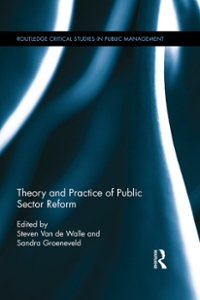Question
(a) Suppose the following: is function of Q1, Q2 and Q3: = 4Q 2^1 11Q2 + Q2Q3 + Q1Q3 + Q 2^2 + Q 2^3
(a) Suppose the following: is function of Q1, Q2 and Q3: = 4Q 2^1 11Q2 + Q2Q3 + Q1Q3 + Q 2^2 + Q 2^3
i) (3 points) Write down the first order conditions.
ii) (20 points) Rewrite (i) in its matrix form and find the stationary point (Q1, Q2, Q3). Find the optimum USING ALL of the following methods: Gaussian elimination, Cramer's rule and inverse matrix.
iii) (7 points) Use Hessian Matrix and its leading principle minors to determine if this optimum is at maximum or minimum or neither.
(b) (8 points) Find the extreme value and determine if at the point the function is at maximum, minimum or neither.
i) f(x, y, z) = x^2 + 3y^2 3xy + 4yz + 6z^2
Step by Step Solution
There are 3 Steps involved in it
Step: 1

Get Instant Access to Expert-Tailored Solutions
See step-by-step solutions with expert insights and AI powered tools for academic success
Step: 2

Step: 3

Ace Your Homework with AI
Get the answers you need in no time with our AI-driven, step-by-step assistance
Get Started


